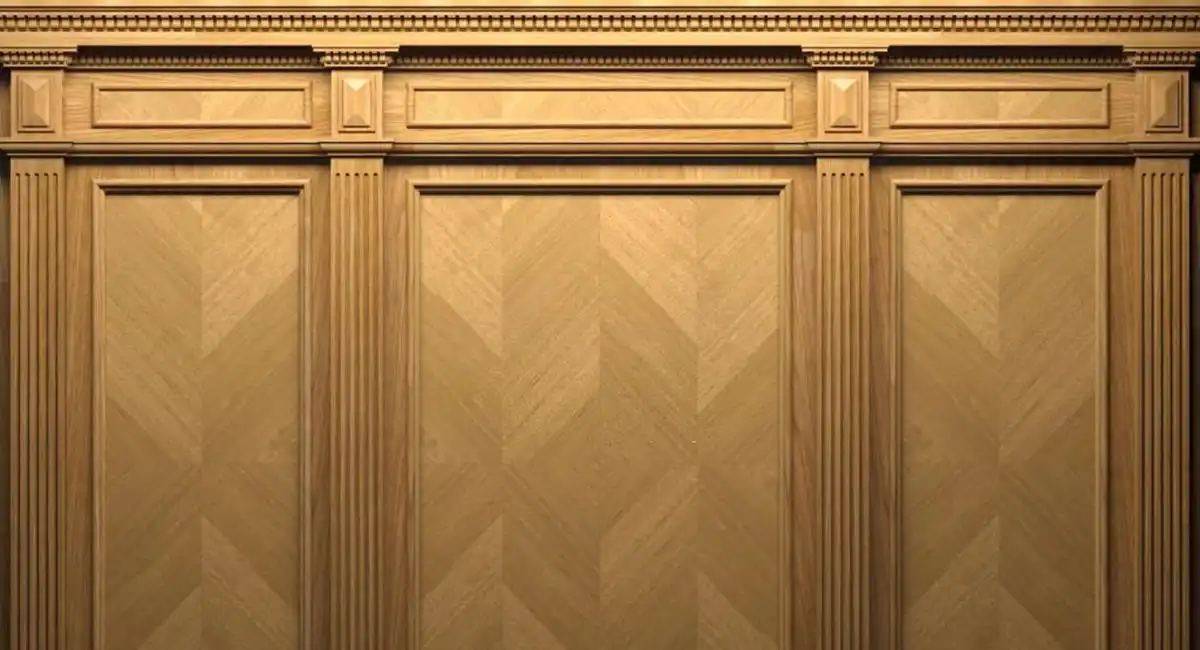
Decorative wall panels can be a great way to give a vintage or antique room a fresh look. They are easy to install and can be used to cover up old walls or even to extend from the floor to the ceiling. When choosing the right panels, there are a few options you need to consider. These include faux wood, mirror glass, tongue-and-groove and shiplap.
Shiplap
Shiplap is a classic design element. It’s been around since the late 1800s, but is making a big comeback in recent years. Now, it’s used to create an impressive decorative wall panel. If you want to use this classic material, there are a few things you should know.
The first thing to consider is the type of shiplap you’ll be using. There are several different types, ranging from plywood to metal.
You can also go for a more expensive material, like wood veneer. However, these materials often lack the character of real wood.
A more affordable option is pine planks. They’re also more durable. As such, they’re an excellent choice for moisture-prone areas.
In addition to using shiplap on the walls, it’s also possible to install this material on the ceiling. Just make sure to hire a professional to do the job.
If you decide to go with this option, remember to measure your room before you start. Your local lumberyard can help you out, but you might also need to call a general contractor for advice.
If you’re looking for an inexpensive way to add a little character to your room, consider shiplap. The material is versatile enough to suit just about any home, and can give it a rustic charm. And it can look great in modern spaces, too.
To get started, measure the length and width of the area you’re working in. Next, multiply those numbers to determine the total square footage. This will tell you how much shiplap you’ll need.
Then, draw a line on a wall with a level. This will ensure that your new shiplap will be a straight fit. After that, nail or glue in the planks.
Tongue-and-groove
Tongue-and-groove decorative wall panels are an ideal way to add character to any room. They can be used to create a barn-like aesthetic or to update the look of vintage or antique spaces.
This type of wall panel is made of thin wooden strips that fit together to form a continuous wall covering. They can also be installed vertically, which makes a space appear longer.
Wood is often the material of choice for tongue and groove wall panels, but plywood sheets are also a great option. These can replicate the look of a beaded board and are less expensive.
When choosing a wood paneling style, it is important to consider its advantages and disadvantages. It is not only important to make the right choice, but it is also necessary to install the panels correctly.
Regardless of the type of paneling, it is always a good idea to hire a professional to ensure that your paneling is properly installed. A good joiner should have the knowledge and tools needed to do the job. You can also hire a handyman to complete the installation for you.
If you want to make a statement with your wall paneling, you can opt for a color that will stand out. For instance, a bright blue paint and white shiplap can give your home a modern look. However, if you are going for a more traditional aesthetic, a neutral color scheme may be more appropriate. The same goes for transitional and shabby chic styles.
Another advantage of installing tongue and groove wall panels is that they are very easy to install. Just install them in a V-groove pattern and you will have a finished look.
Faux wood
If you’re looking to give your space a vintage or antique makeover, faux wood decorative wall panels may be just the ticket. They offer a beautiful touch of fine detail but are also durable enough to withstand the test of time.
The best part is that they’re easy to install, making them an excellent choice for homeowners. You’ll have no problem tackling the project yourself, as long as you know what you’re doing.
There are several ways to get the wood paneling look without having to buy the big sheets of veneer wood. One of the easiest is to use a do-it-yourself wall paneling system. Instead of a bulky sheet of wood veneer, you’ll install smaller panels that are designed to fit together.
Faux beams are another great option for a unique look. They’re lightweight, cost-effective, and will maintain their appearance over time.
Another option is to install a reclaimed wood wall panel. Reclaimed wood repurposes older lumber. These planks are often found in historic buildings.
Another great way to add texture and character to a room is by installing a beadboard. This type of panel is traditionally built with a chamfered edge on one side of the groove. A softer option is a board and batten pattern, which is painted in a variety of colors.
Another interesting design is a ceiling medallion. Adding a curved accent piece to a room can give it a distinctly French Country feel. Decorative mirrors are also a good choice for this style of home.
While most wall paneling is made from MDF, you can still find some solid hardwood paneling. For instance, you can choose from zebrawood, wenge, oak, and walnut.
Mirrored glass
If you have a vintage or antique living room or kitchen, you might want to use mirrored glass to update the look. This can be a great way to add a modern touch to the overall design while adding some subtle flair.
Mirrors come in all shapes and sizes. One way to update the look of a mirrored surface is by applying adhesive decals. These are quick and easy ways to transform a plain mirrored surface into a work of art. You can find adhesive decals in many stores.
Another option is to paint an old thrift store mirror. Paint can be applied in a variety of different colors. The effects can be dramatic.
Adding a gallery wall of vintage or antique mirrors is also a popular way to update the look of a room. You can create a gallery wall with any shape, size, or style you like. There are templates available online.
Antique mirror accents can provide a classic and timeless look that is sure to please. Antiqued mirror tiles are an especially good option for large spaces. They bring a beautiful aesthetic to a space while promoting creativity.
When choosing a mirrored glass, it is important to choose a brand that provides quality products.
In addition to a polished finish, mirrored glass can have a hazy appearance. This may be due to damage or deterioration over time. A microfiber duster can help to clean the surface, but you will likely need to use toothpicks or q-tips if there are large dust particles on the surface.
Extending paneling from floor to ceiling
Extending decorative wall paneling from floor to ceiling can be a great way to revamp the look of a vintage or antique space. It can make a room feel larger, and add architectural character to a featureless room. However, it’s important to choose the right style of paneling for the room’s age and size.
Wood paneling can be a cozy and warm way to create a cozy atmosphere in a room. It can also provide protection to walls and help prevent damage from accidents. The right color and design will also enhance the style of a space.
Paneling is available in a variety of styles, such as painted MDF, painted oak, and reclaimed wood. Using reclaimed wood is eco-friendly and can be a cheaper option than buying new. Painting is a quick and easy way to refinish wooden molding.
For a classic look, consider installing Jacobean-style paneling. This style mimics the look of a window. These panels are often installed in dining rooms and kitchens.
Another style of paneling is known as reeded paneling. This can be used to create a cool industrial look. In addition to providing a clean, tidy room, reeded paneling can be used to cover awkward or uneven walls.
Modern versions are made from moisture-resistant MDF. They are also stable and easy to install on your own. If you plan to install them yourself, make sure the company you buy them from provides good instructions.
If you are not a DIY expert, you may need to call in a handyman. Depending on the room’s dimensions, you may need to batten the wall before installing paneling. You can also use ‘No Nails’ adhesive to attach the paneling.
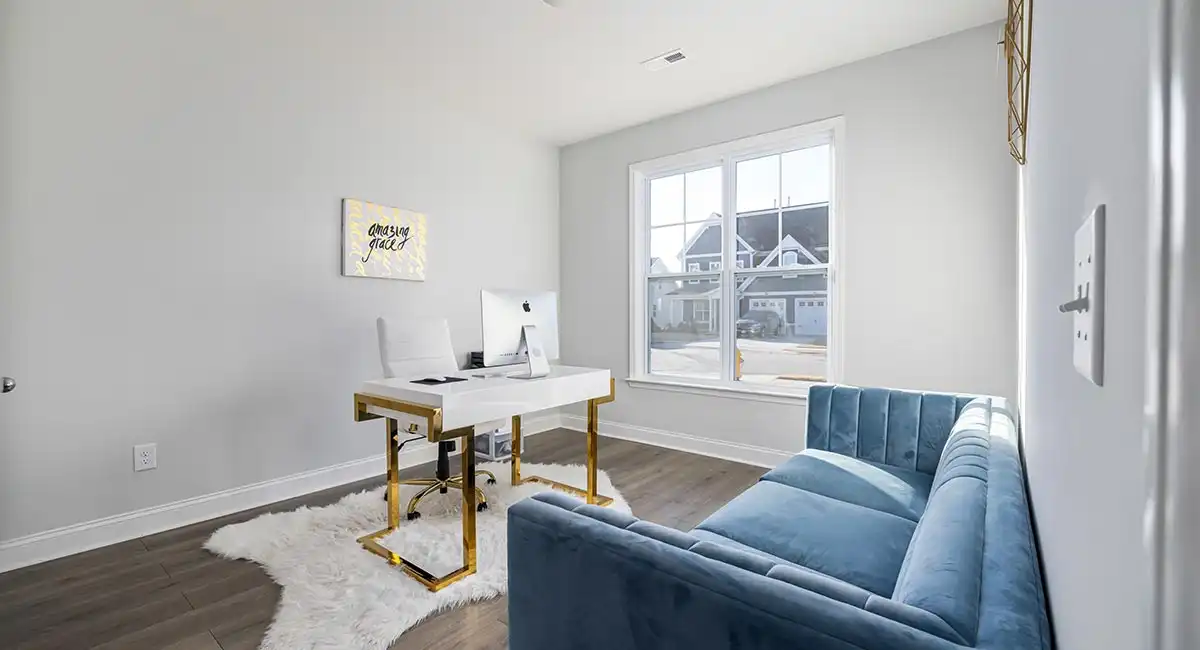


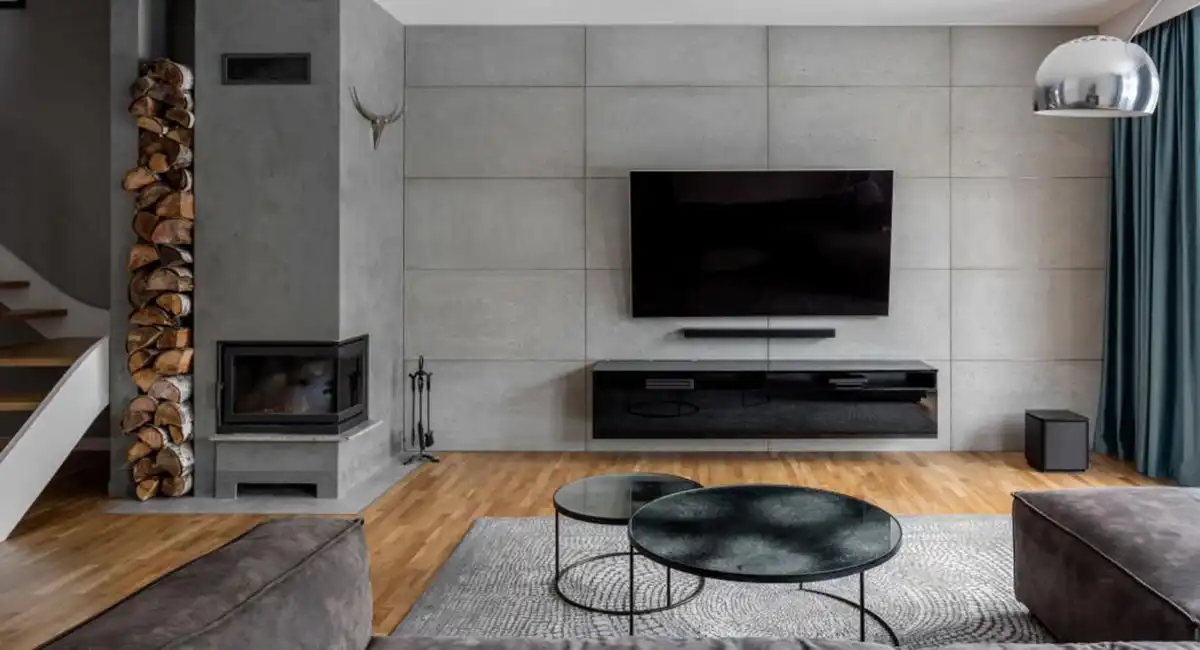
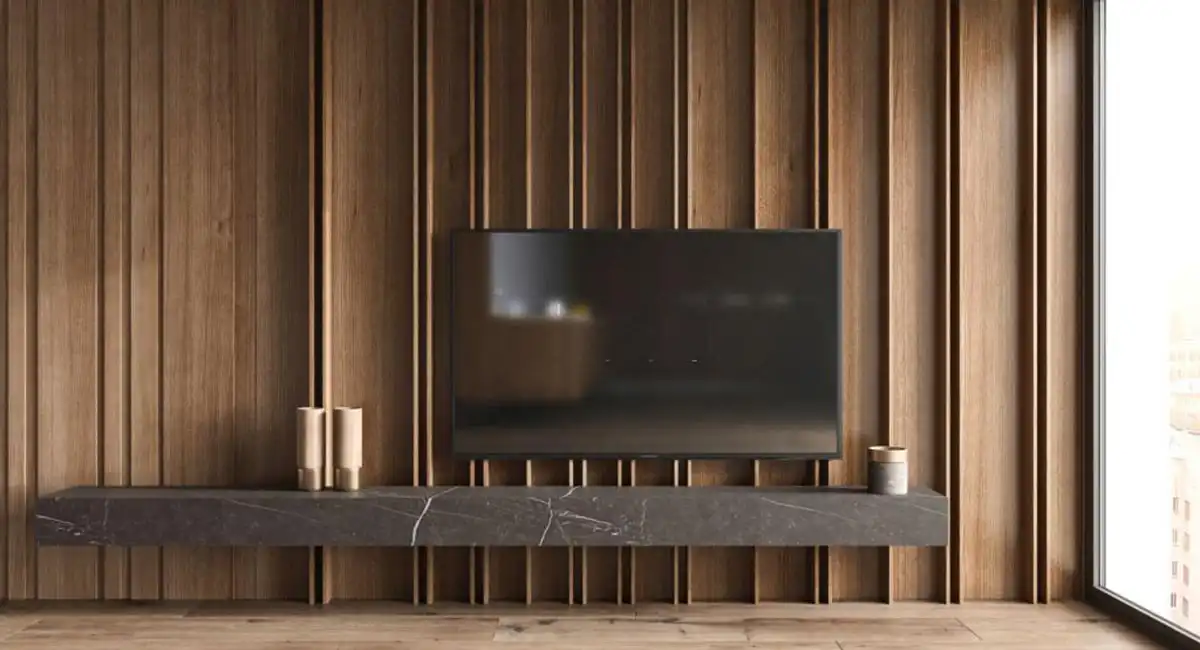
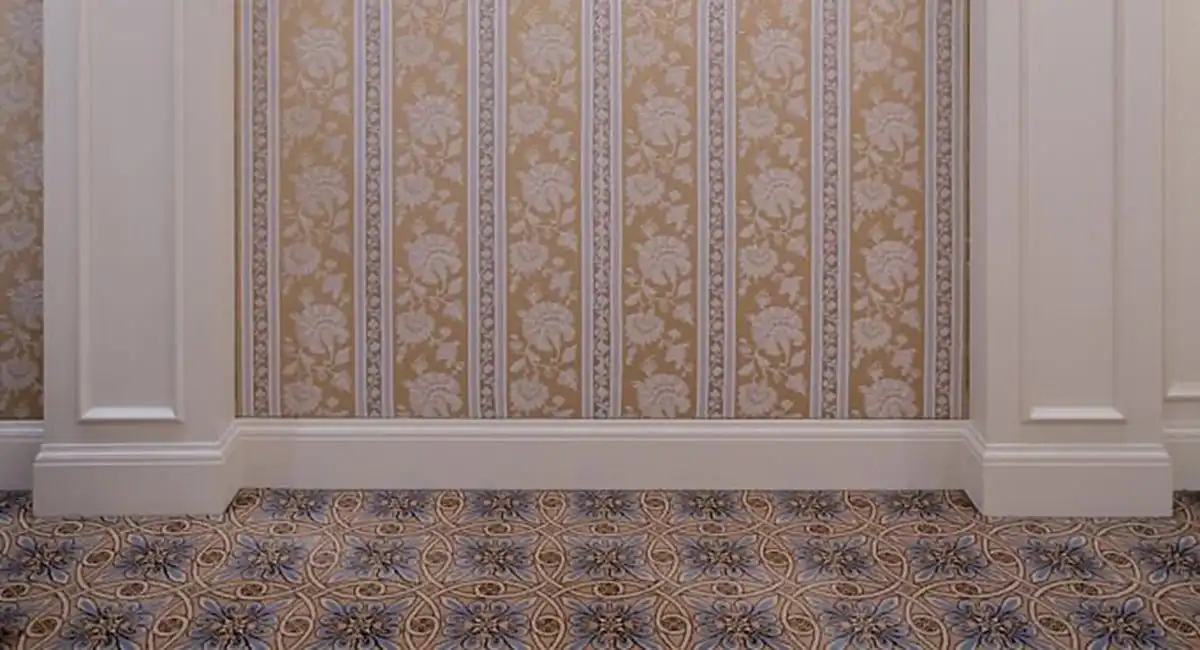
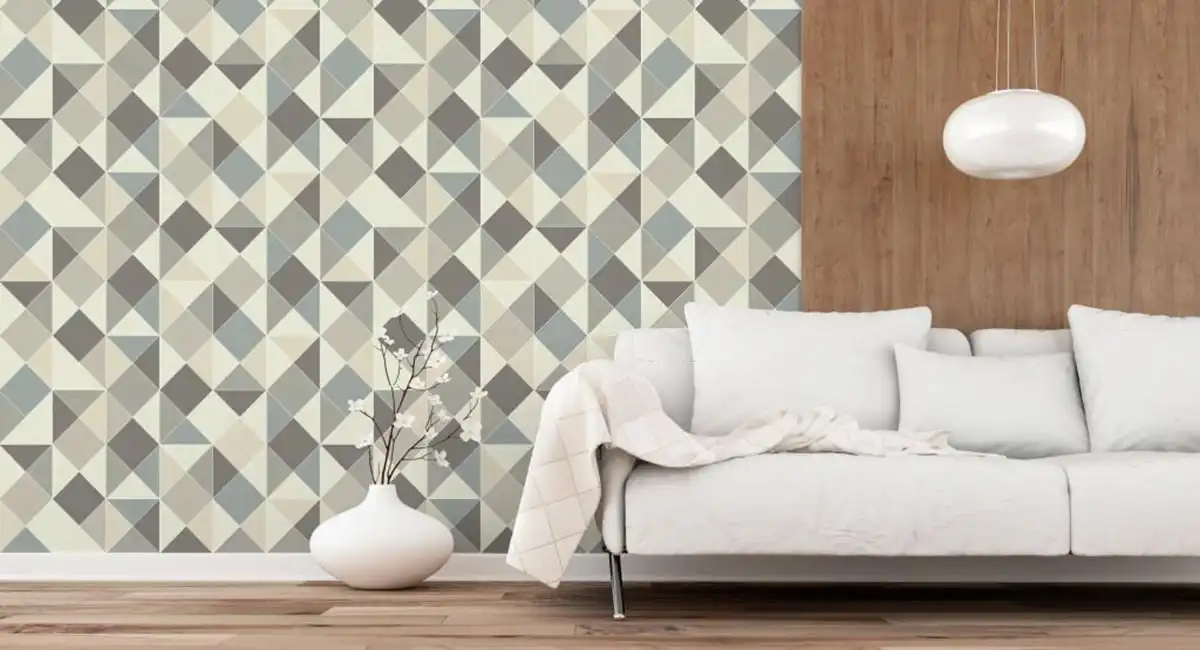
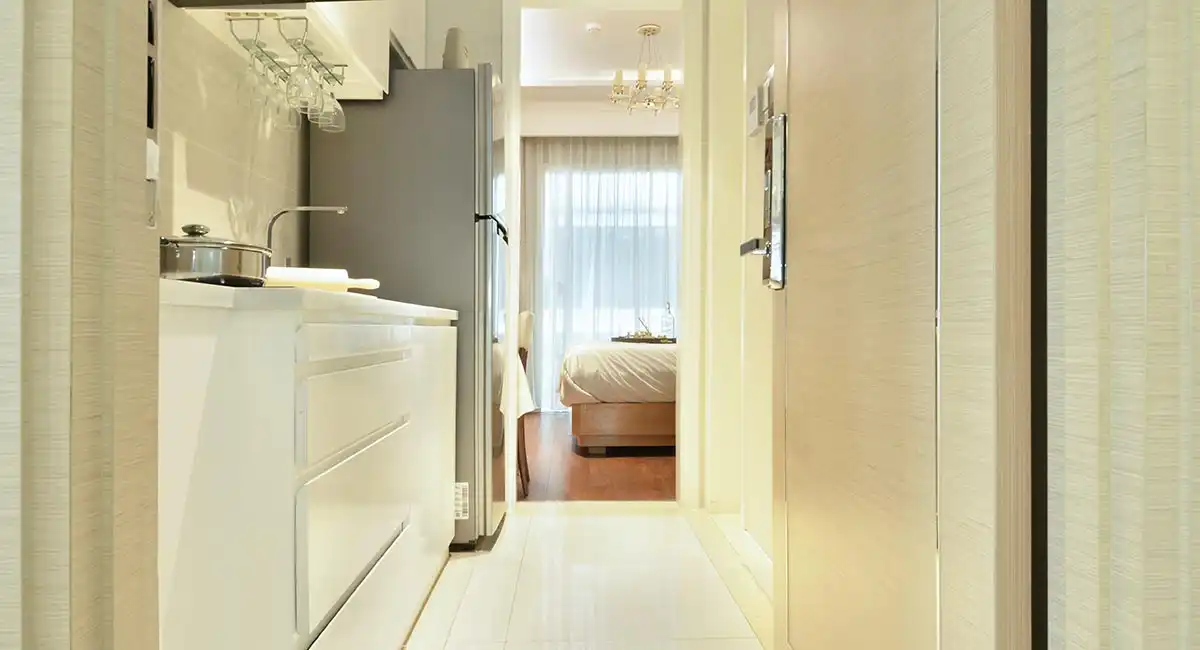
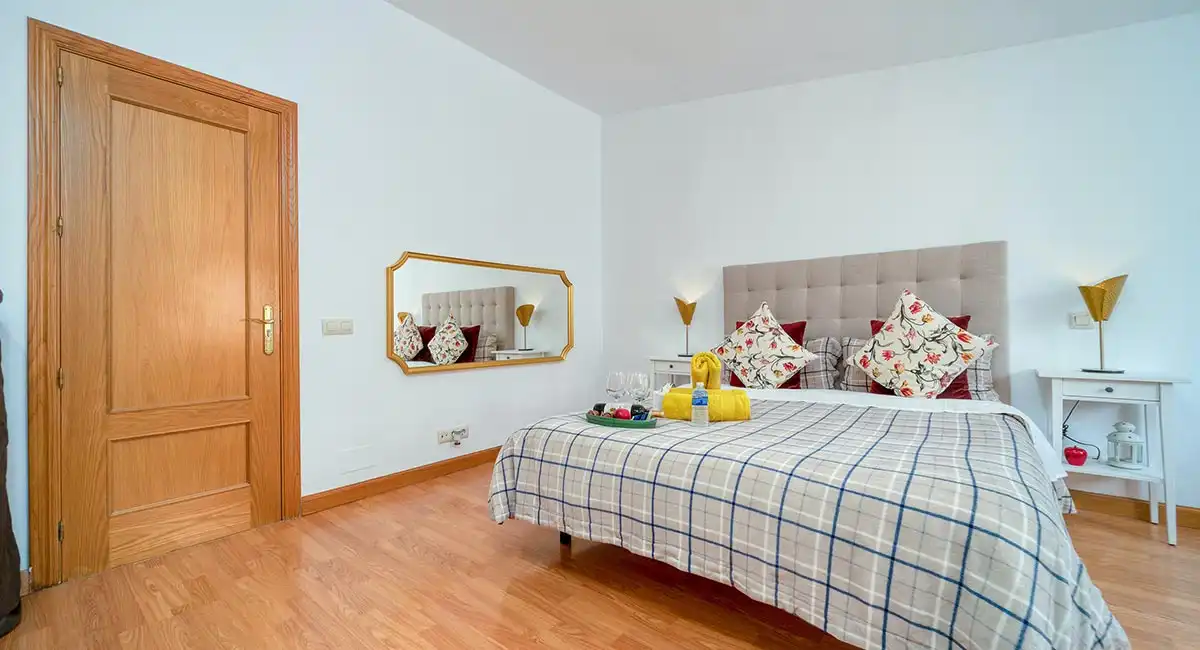
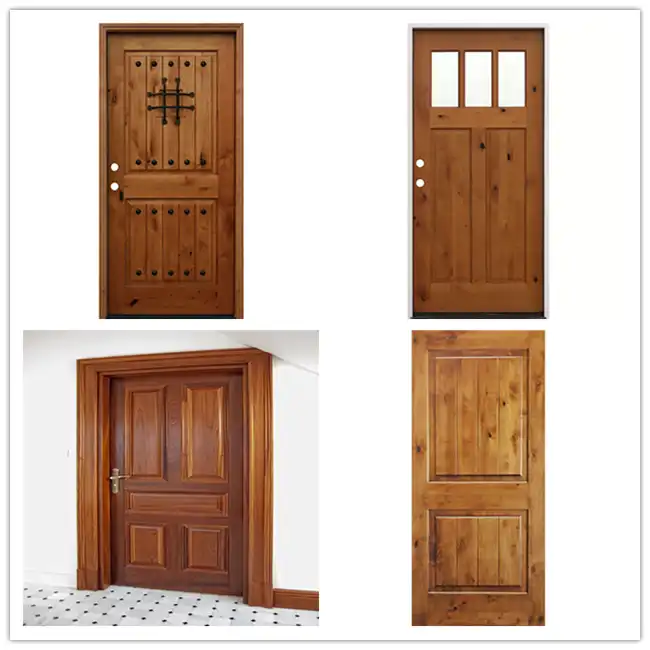
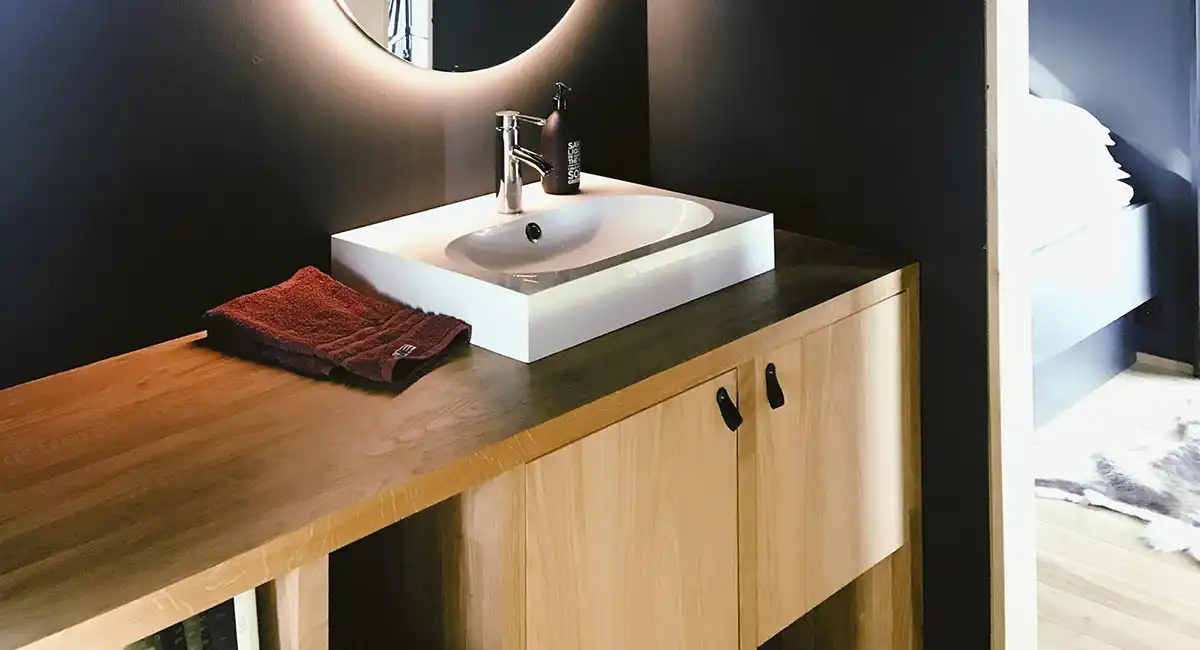
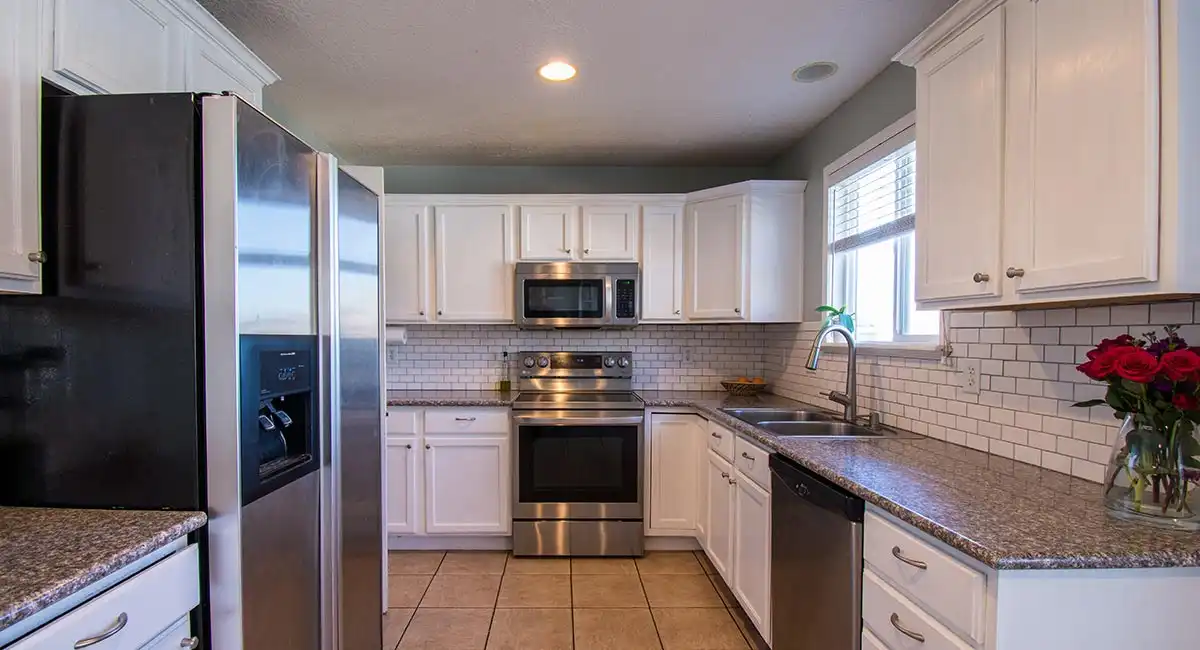 Whether you are planning to refinish your kitchen or replace your cabinets, you should choose an option that will provide a long-lasting, easy-to-clean finish. Melamine paper is a type of paper that can be used to make your cabinet finish durable and resistant to heat, moisture, and stains. It also offers an attractive look and has a matte finish that is less likely to show off dust, fingerprints, or smudges.
Whether you are planning to refinish your kitchen or replace your cabinets, you should choose an option that will provide a long-lasting, easy-to-clean finish. Melamine paper is a type of paper that can be used to make your cabinet finish durable and resistant to heat, moisture, and stains. It also offers an attractive look and has a matte finish that is less likely to show off dust, fingerprints, or smudges.